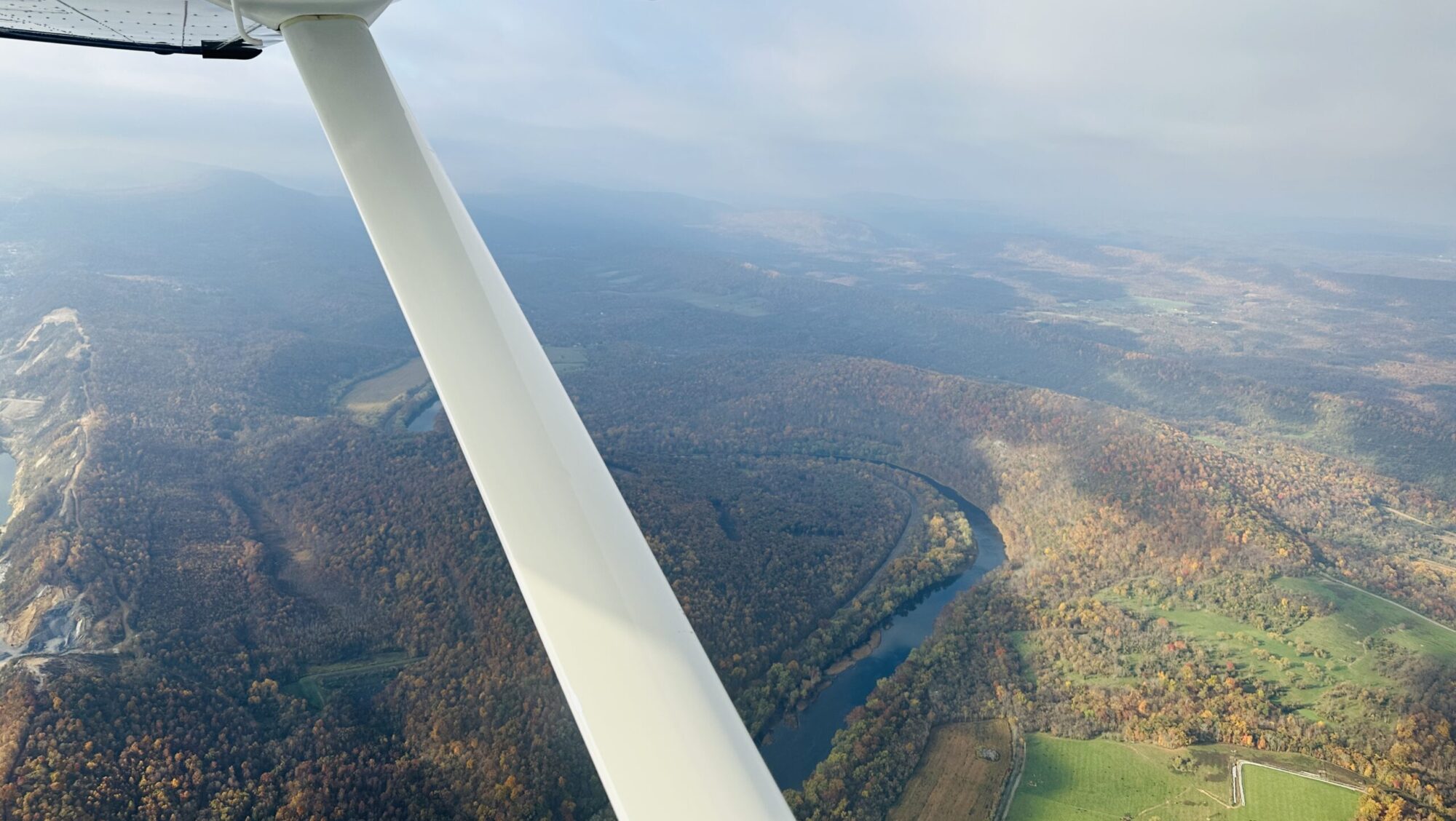Plans are everything before the battle and useless once it is joined.
Those words, attributed to General Dwight Eisenhower, proved heartbreakingly true for the invasion forces on D-Day. The command spent countless hours in the preceding months laying out the actions that each company would take as it landed in its sector (labeled Charlie-Dog-Easy-Fox, then Red-Green-White at Omaha Beach). Each had specific orders for regrouping the men, what terrain they would see ahead, and what equipment they would use to penetrate it. The mission: Firing up the draws and blowing up obstacles to clear the way for the tanks and other critical land vehicles that followed behind them.
But on that day, the men who made it ashore rarely landed where the generals’ maps placed them.
The best-laid plans can go awry for a variety of predictable reasons, and a million ones you cannot foresee. A handful will nail you, and their impact will be significant. What planning does is give us a template for seeking information, a schedule of training so we have actions memorized, indeed, muscle memory upon which to rely, and patterns to amend to the actual conditions.
All of that planning was not for naught, when those companies came ashore in the wrong sectors, sometimes a kilometer or more off the mark. In fact, when a man saw a steeple rising above the town ahead, he knew immediately that something was wrong: Either the aerial bombardment had not achieved its goal of destroying that likely enemy observation post, or the town was not the town expected on the soldier’s map. Equally unlucky, but that information was a far cry more useful to the man than not knowing he should look for a steeple at all.
Knowing the lay of the land doesn’t truly happen until you land. Another assumption made with critical consequences was the composition of the hedgerows seen in airborne intelligence photos. The men had just experienced the English hedgerows in their field simulations in Britain, those hedgerows forming a frangible barrier that horses could jump during a hunt, perhaps. The French hedgerow in the Calvados region was a far more formidable construction, built to keep livestock within a field, and made of mounds of solid earth topped by brambly thatch. Daunting at best to climb over, and murderous to the glider pilots attempting to land among them.
Though our simulations and the planning that drives them are more sophisticated now, they still rely heavily on the correct intelligence, and the right estimates about what can go differently. The men at Omaha Beach had a situation outside of that known simulation–and had to rely wholly on the skills and leadership they brought to the terrain they found upon reaching the sand.
from May 17, 2014
